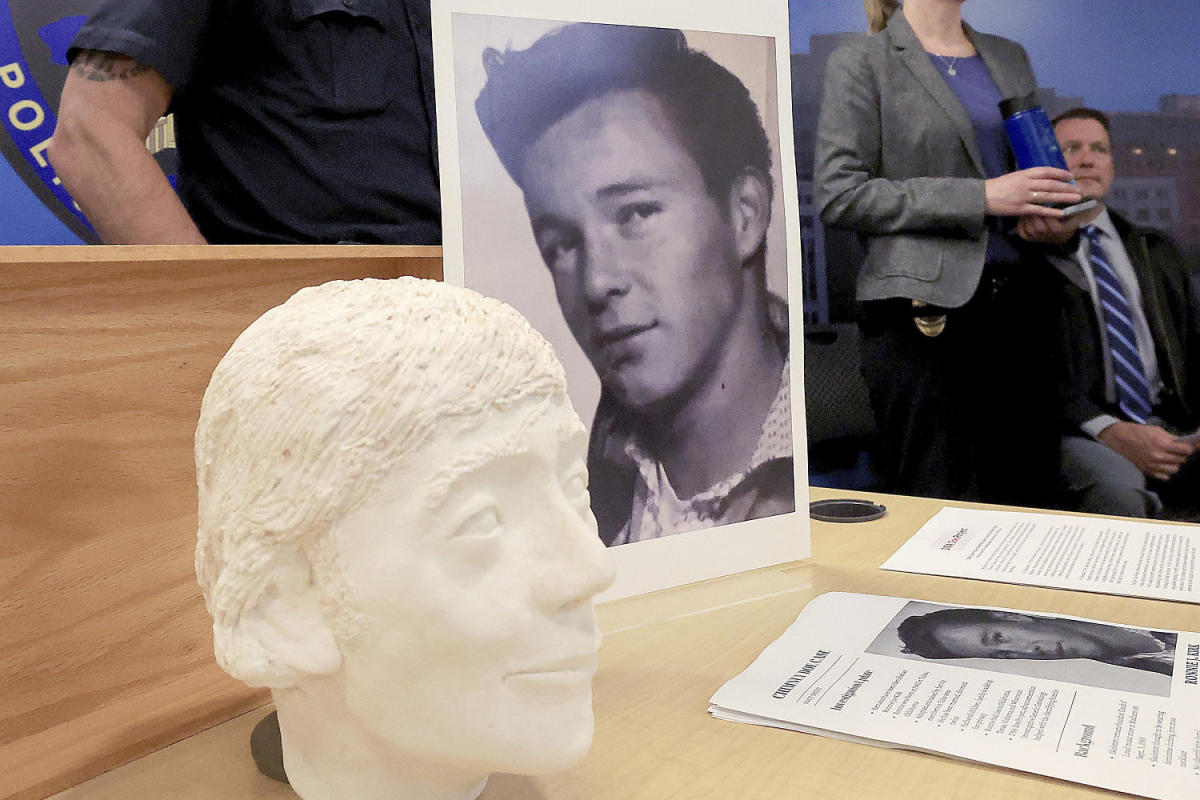Patrick Morgan has a special relationship with the cars that were powered by his family’s engines. The Briton also has a special talent for bringing those cars back to life, to a state of perfection with period-correct restorations through his Dawn Treader Performance Engineering firm in the U.K.
Founded in 1983 by Mario Illien and Paul Morgan — the ‘Il’ and ‘Mor’ of Ilmor — with financial backing from Roger Penske, Ilmor became synonymous with success as its 2.65-liter turbocharged Chevrolet V8 CART IndyCar engine dominated the CART series, and often in the back of a chassis built by Penske Cars.
The late Morgan’s son Patrick, who worked at Ilmor as an IndyCar engine technician, formed Dawn Treader in 2004 and has taken on a number of significant projects, including Penske PC26 chassis 05, the last race-winning chassis built by Penske Cars.
Driven by Paul Tracy, the chassis won at Gateway — known today as World Wide Technology Raceway — in 1997, which also marked Penske Racing’s 99th IndyCar victory and the final with a vehicle of its own creation.
A dark period would follow as the Reynard chassis ruled CART and by the end of 1999, Penske chose to halt production on his own design made at Penske Cars’ base in Poole, England, and switch to Reynard.
Having acquired PC26 chassis 05 and its Mercedes-badged Ilmor engine in an interesting fashion, Morgan took on a task that was steeped in immense personal and professional meaning.
“By mid-1997 I was training as a trackside engineer at Ilmor Inc, the U.S. branch of my late father’s company,” he told RACER. “Towards the end of that year, I was seconded from Ilmor to work in the Penske engine shop in Reading, Pennsylvania, so I have a personal connection to the car. I was very privileged to be at Penske during the last few weeks of Karl Kainhofer’s career, where I learned a great deal and made many life-long friends.
“After the ’97 season finished, PC26 05 was shipped back to the UK where it lived in Roger Penske’s home. When Penske Cars closed down, it was due to return to the U.S., but on a whim, Nick Goozee, then Ilmor’s managing director, asked me if I would like to purchase it on the condition that I returned it to running order. I agreed, but with no real idea of what would be involved… It just seemed like such a terrific opportunity.”
Very few cars from CART’s fastest era exist in running condition, and especially those from the late 1990s where the series’ fierce engine manufacturer battles saw most of the motors return to their builders and remain under lock and key today. For Morgan with the PC26, there were no concerns about supply restrictions.
“The Penske took 18 months to restore and is fitted with the correct Mercedes-Benz IC108D engine and Delco Gen V electronics package which was exclusive to the team for 1996 and 1997,” he said. “The electronics was a huge challenge, but once up and running proved to be a beautiful system.
“We run the car at 200rpm below ‘race spec’ which in the day was 14,400rpm (qualifying was 14,800rpm), but at the full 40 inches of boost with functioning SWOL (shift without lift), SLIM (pit speed limiter) and just about everything else except a functioning weight jacker. That’s something I’m keen to get working after we’ve finished the restoration of the 1998 PC27 we are deep into at present.”
The PC26 was raced prior to the use of high-definition cameras on IndyCar broadcasts, and well before GoPros were invented. Morgan was motivated to bring modern filming technology to capture chassis 05 in action, which forms the basis of the short film below that was recently completed.
“While we have run the car at events like the Goodwood Festival of Speed, there is little onboard footage of Penske cars in general from that era,” he said. “Inspired by the wonderful story of Colton Herta buying his father’s ’98 Reynard, we set about for a day’s recording with filmmaker James Ward at Sywell, the small WWII aerodrome on which my restoration company is based.
“I’m an engineer, not a driver, so it’s a real privilege to be able to get a taste of what these cars can do and how demanding they actually were to drive. By way of example, even running up and down an airstrip, you very quickly come to appreciate how changes in wind direction and strength have such a huge, and at times unnerving, effect on the aerodynamics both in steering input and grounding against the track surface.
“I hope viewers get as much enjoyment out of the film as we did making it. The cars of this era are wonderful things to work on, to watch, and listen to. While V6s, V10s, and V12s sound incredible, there is nothing quite so special as the haunting noise of a single car of this period reverberating around the grandstands of a one-mile oval. The memory still makes the hairs on the back of my neck stand on end.”
Click HERE to watch on YouTube.

Michael Johnson is a tech enthusiast with a passion for all things digital. His articles cover the latest technological innovations, from artificial intelligence to consumer gadgets, providing readers with a glimpse into the future of technology.







/cdn.vox-cdn.com/uploads/chorus_asset/file/25133414/gta_6_artwork.jpg)
